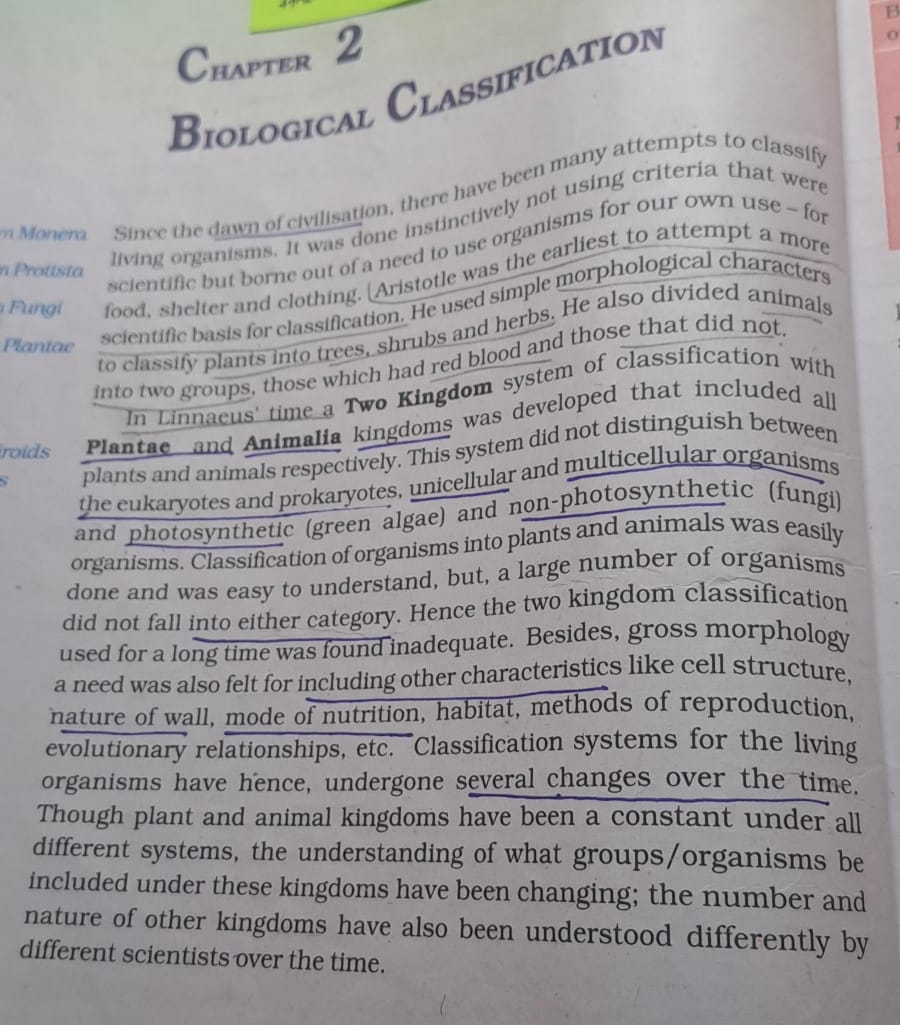What are the historical attempts at biological classification and how have they evolved over time?

Understand the Problem
The question discusses the history and methods of biological classification, highlighting the evolution from early systems like the Two Kingdom classification to more complex systems recognizing various characteristics of organisms.
Answer
Classification began with Aristotle's morphology, evolved with Linnaeus' kingdoms, and developed into modern multi-kingdom models incorporating cellular and evolutionary traits.
The historical attempts at biological classification began with Aristotle's simple morphological characters, leading to Linnaeus' Two Kingdom system. Further developments included distinguishing eukaryotes/prokaryotes and using characteristics like cell structure and evolutionary relationships, evolving to current multi-kingdom models.
Answer for screen readers
The historical attempts at biological classification began with Aristotle's simple morphological characters, leading to Linnaeus' Two Kingdom system. Further developments included distinguishing eukaryotes/prokaryotes and using characteristics like cell structure and evolutionary relationships, evolving to current multi-kingdom models.
More Information
Classification systems have evolved to include diverse characteristics like cellular structure and phylogeny, refining how we understand and categorize the diversity of life.
Tips
Avoid assuming early systems included all known organisms; they were limited by the scientific understanding and tools available at the time.
Sources
- biological classification - Students | Britannica Kids | Homework Help - kids.britannica.com
- Taxonomy (biology) - Wikipedia - en.wikipedia.org
- Classification system - Science Learning Hub - sciencelearn.org.nz
AI-generated content may contain errors. Please verify critical information